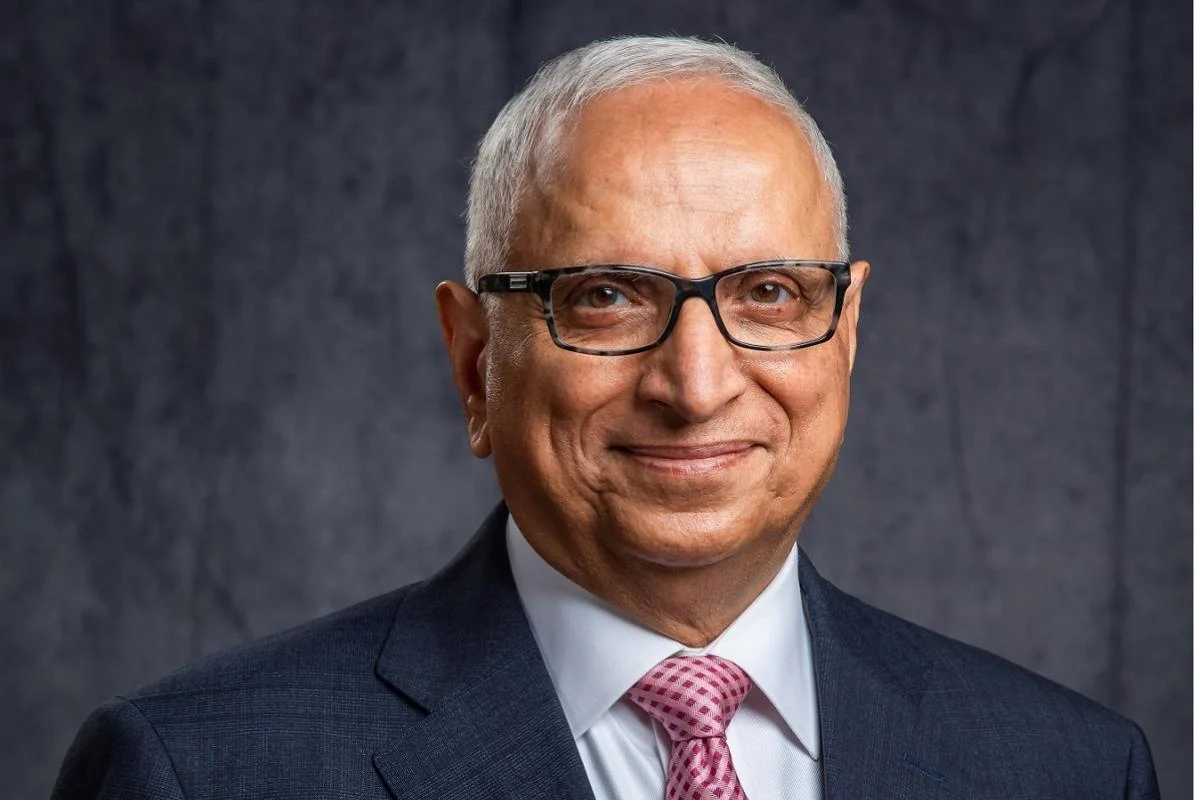
Malaysia on Right Trajectory to Maintain Position as Chipmaker, Says Semi President


May 10, 2023 – Malaysia’s expertise and experience as well as the vital role it plays in the global semiconductor value chain have placed the country on the right trajectory to maintain its position as a chipmaker.
In an exclusive interview with The Edge, US-based Semiconductor Equipment & Materials International (Semi) president Ajit Manocha said Malaysia’s robust position in the outsourced semiconductor assembly and test (OSAT) sector serves as a great foundation for the country to expand its chipmaking ecosystem and capabilities.
The semiconductor industry is one of the major contributors to manufacturing activities in Malaysia.
“The state’s solid reputation is built on decades of manufacturing excellence and industrial experience, which has translated into far-reaching effects, in terms of moving up the value chain and uplifting the skillset of the local workforce,” he said.
Manocha said Malaysia and Southeast Asia have a growing labour force with a relatively young population that stands as a huge advantage as the semiconductor industry looks to address its talent gap that may impact long-term growth.
“This immense workforce potential will mean abundant opportunities for Malaysia and the Southeast Asia semiconductor ecosystem to tap a growing talent pool and bolster their positions as a country and region on the leading edge of innovation,” he said.
On the agility of Malaysian semiconductor industry players, Manocha said they demonstrated resilience in the face of the Covid-19 pandemic, a clear sign of the country’s adaptability and agility.
He said the pandemic accelerated the adoption of automation and digitalisation within the semiconductor industry and the top markets it serves, which has made it more resilient to supply chain disruptions around the globe.
Global outlook
Manocha said that after the record run of semiconductor industry growth through 2022, 2023 is unfolding to be a down year in some segments before an expected rebound in 2024.
“Despite geopolitical and economic uncertainties, the industry has strong fundamentals and is poised for exceptional longer-term growth on the strength of digital transformation and emerging applications in multiple markets.
“The proliferation of autonomous machines, electric vehicles, 6G and many other trends all require an increase in semiconductor content, with projections pointing to the industry nearly doubling in revenue to approximately US$1 trillion (RM4.46 trillion) by 2030,” he said.
On the simmering tensions between the US and China, Manocha said while nations seeking to strengthen their domestic semiconductor industries is a positive for the health of the overall global supply chain, the complexity of semiconductor design and manufacturing requires specialisation, collaboration across borders and sharing of talent and resources.
He said given the omnipresence of semiconductors across technology applications and their critical importance to economies around the world, avoiding disruptions to the industry is in everyone’s best interest.
“Clearly, China and Taiwan are important markets and suppliers for the industry. Semi and our member companies continue to advocate for free trade — working in accordance with governments on export controls tied to national security,” he said.
India
Manocha said that for the first time, geopolitics, domestic politics and private sector capacity are aligned in India’s favour to become a player in semiconductor production.
He said India has come out with a very progressive approach to building its semiconductor ecosystem supported by various state government policies.
He said this will grow manifold if India attracts fabs and a fuller semiconductor ecosystem.
“While the extent of growth compared to other countries is difficult to project, eventually, upstream, I see no reason why India cannot have its own globally recognised electronics makers.
“Downstream, India has already seen much success in assembling mobile phones, but it can scale up further and also become a global hub for manufacture of other electronic devices,” he said.
Source: The Edge Markets
